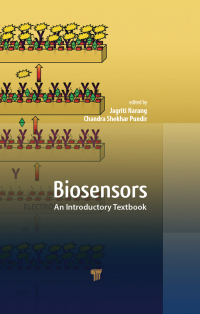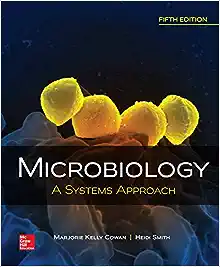Biosensors
Original price was: $35.00.$24.97Current price is: $24.97.
Format: Downloadable ZIP File
Resource Type: Test bank
Duration: Unlimited downloads
Delivery: Instant Download
Biosensors play a crucial role in the field of nanotechnology, particularly in sensing applications. Nanomaterials, such as nanoparticles, nanoclusters, nanobelts, and nanospheres, serve as sensing interfaces and immobilization surfaces for various biomolecules like enzymes, DNA, and antigens. The preparation and characterization of these nanomaterials are essential for the development of innovative sensing devices.
The book “Geography of North America, The Environment, Culture, Economy, 2nd edition Susan W. Hardwick” explores the world of nanoparticle biosensing, drawing from the authors’ extensive teaching and research experience. It covers protocols for synthesizing different types of metal oxide nanoparticles, characterizing techniques to determine their shape, size, and morphology, and applications of these nanoparticles in biosensors.
The handbook delves into voltammetry techniques including cyclic, linear wave, wave pulse, and differential pulse voltammetry. It also discusses the interactions between nanomaterials and biomolecules, as well as the use of microfluidic devices for miniaturization in biosensing applications.
This textbook is designed to provide practical and user-friendly knowledge on fundamental principles and applications in nanoscale sensing, catering to undergraduate and advanced-level students, as well as researchers in the field.
FAQs
What are biosensors?
Biosensors are analytical devices that combine a biological component with a physicochemical detector to provide quantitative or qualitative information about specific analytes.
How do nanomaterials contribute to biosensors?
Nanomaterials serve as sensing interfaces and immobilization surfaces for biomolecules in biosensors. They enhance sensitivity, selectivity, and stability of biosensing devices.
What are some common voltammetry techniques used in biosensors?
Cyclic, linear wave, wave pulse, and differential pulse voltammetry are common techniques used to analyze electrochemical processes in biosensors.
Conclusion
The use of nanotechnology in biosensors opens up a world of possibilities for advanced sensing applications. With the right understanding of nanoparticle synthesis, characterization techniques, and bio-nanomaterial interactions, researchers can develop innovative biosensing devices with enhanced performance. The book “Geography of North America, The Environment, Culture, Economy, 2nd edition Susan W. Hardwick” provides valuable insights and practical guidance for students and researchers venturing into the field of nanoscale sensing.







There are no reviews yet.